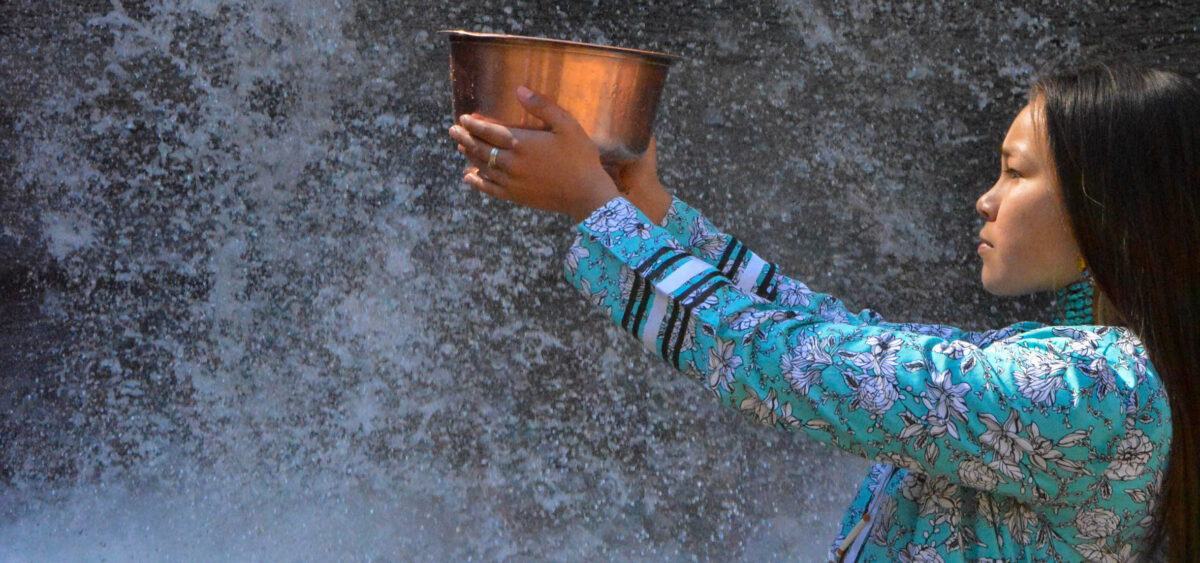
‘Apocalypse’ (ἀποκάλυψις in Ancient Greek) means disclosure, removing the veil; revelation. In the Judeo-Christian tradition, apocalypse involves the revelation of the ultimate divine truth directly before the end of the earthly world. The best known prophecy of this kind is the Apocalypse of John, which concludes the Christian Gospels. John describes the subsequent stages of the world’s end: separation of good from evil and of the faithful from the sinners. All who failed to take the righteous path would be destroyed, with the prophet declaring: “Fallen! Fallen is Babylon the Great! […] For all the nations have drunk the maddening wine of her adulteries” (Revelation 18; New International Version). This is how human history concludes according to Christian mythology.
A lucid ending that entails the disclosure of the final meaning of humanity’s sub-lunar struggles and the administration of justice is a vision that captures our cultural imagination. Western civilization is fond of fantasies about its own ending, which is embedded in our understanding of time and the deeply-rooted notion of life as a story – naturally, one that carries a message. In the end, the good are rewarded, while the bad are punished. All ambiguity thus ceases and the meaning of history finally






